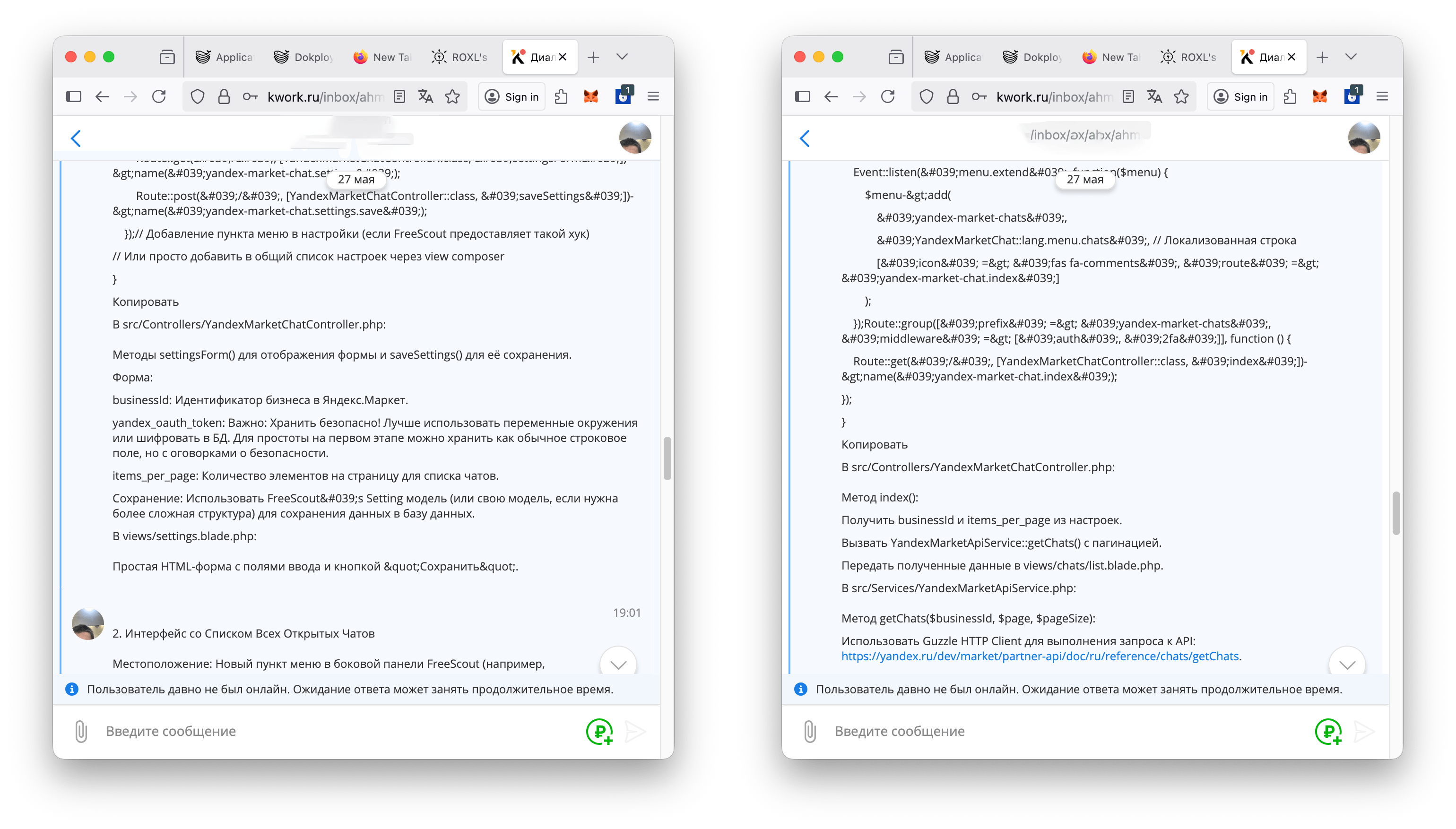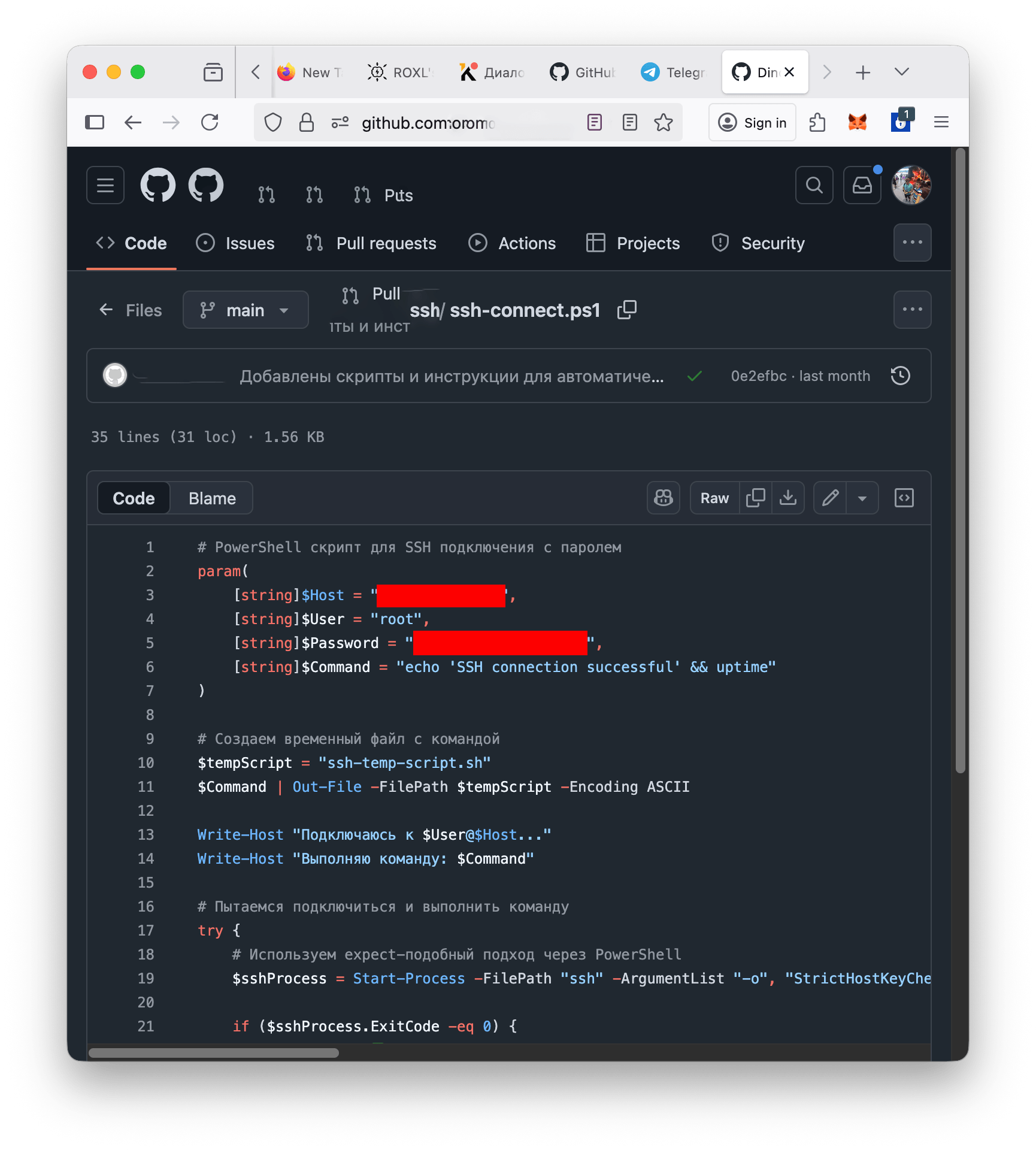Freelance Without Illusions: Take Control Back from Vibe Coders
- Published on
- • 4 mins read•--- views

There’s an old Russian saying: “A spoonful of tar spoils a barrel of honey.”
In 2025, that perfectly describes the freelance development landscape.
The “spoonful of tar” is the growing trend of using neural networks to write software.
After years in the industry, I’ve seen how developer culture and discipline have evolved — and sometimes degraded.
Today, I’ll explain why hiring freelancers has become harder than ever,
and why using neural networks to build software is the worst possible decision you can make.
The Classic Process That Always Worked
Every serious software project follows a simple and time-tested process:
- A business problem arises.
- A technical specification (TSD) is prepared.
- The developer is selected, budget and deadlines are agreed upon.
- Development begins — with clarification, iteration, and feedback loops.
- The product is tested, bugs are fixed, and a code audit is done.
- Deployment and maintenance follow.
This model works because every step requires understanding, communication, and ownership.
It falls apart when those steps are replaced by “copy-paste from ChatGPT.”
What Changed in 2025
With the explosion of ChatGPT, Claude, and other AI tools, freelance platforms have been flooded with so-called “developers.”
Their profiles read “Senior Engineer with 8+ years of experience,”
but in reality, most are AI operators who rely entirely on neural networks for code generation.
They don’t design architecture, don’t understand design patterns, and have no idea what CI/CD even is.
The number of such “developers” skyrocketed, while overall quality collapsed.
How to Spot AI-Generated Code
An experienced developer can recognize it instantly:
- One huge file instead of a modular structure.
- 2,000+ lines of unstructured spaghetti code.
- Outdated dependencies and deprecated syntax.
- Zero comments or documentation.
- “Working” code that breaks on first modification.
Such code isn’t just ugly — it’s dangerous.
It can’t be extended, maintained, or debugged.
When you try to fix one bug, five new ones appear.
Real-World Examples
Case #1:
A freelancer once sent me a “ready-made plugin” that was literally a raw ChatGPT output.
No tests, no build, not even an attempt to run it.
When I asked for a working version, he replied:
“Sorry, I can’t help more than that.”

Case #2:
I once ran a small browser game project. Out of ten freelancers, only two delivered code.
Both produced thousands of lines of chaotic, unstructured code.
As soon as I asked them to fix bugs, they disappeared.
Case #3:
Another developer asked ChatGPT to write a deploy script and included production SSH credentials right in the prompt.
The AI helpfully inserted them into the generated code.
Then the developer uploaded the script to a public GitHub repository.
The result: a compromised server, forced credential rotation, and a long night for the sysadmin team.

Why You Should NOT Use Neural Networks for Writing Code
Neural networks are assistants, not engineers.
They can autocomplete a small function, suggest syntax, or generate boilerplate.
And that’s where their role should end.
An AI can help you type code — it cannot help you design systems.
It doesn’t think, it doesn’t test, and it doesn’t take responsibility.
When you use AI to write a full project, you’re surrendering control.
You get code that looks plausible but lacks logic, scalability, and safety.
Eventually, you’ll pay double to rewrite everything from scratch.
My recommendation:
Use AI only for autocomplete, small utilities, or quick reference generation.
Never delegate an entire project to it.
If you need production-grade code — it must be written and reviewed by a human engineer.
Final Thoughts
Freelancing in 2025 is a mixed environment:
there are still strong professionals, but they’re buried under a flood of “vibe coders”
who blindly copy AI outputs and call it software development.
If you’re a project manager — always involve a technical expert for code review and acceptance.
If you’re a developer — don’t turn yourself into a prompt operator.
And if you believe ChatGPT can deliver your next app —
remember that you’ll inherit every bug it quietly created.
🧠 AI doesn’t write software — it imitates it.
Programming is not typing code. It’s understanding the problem.